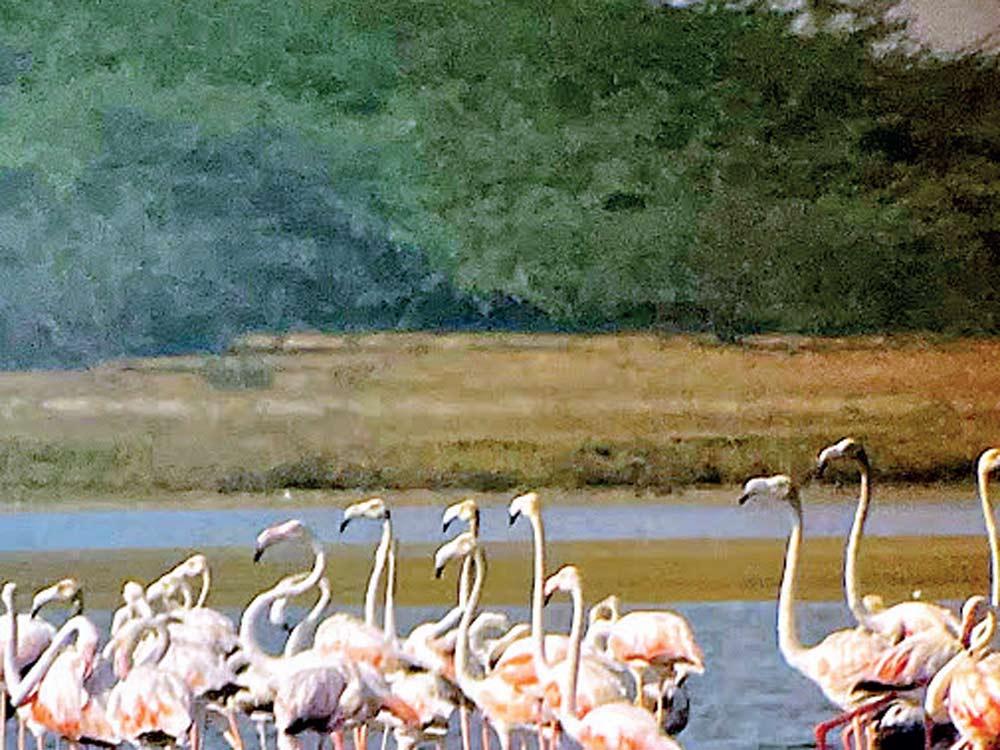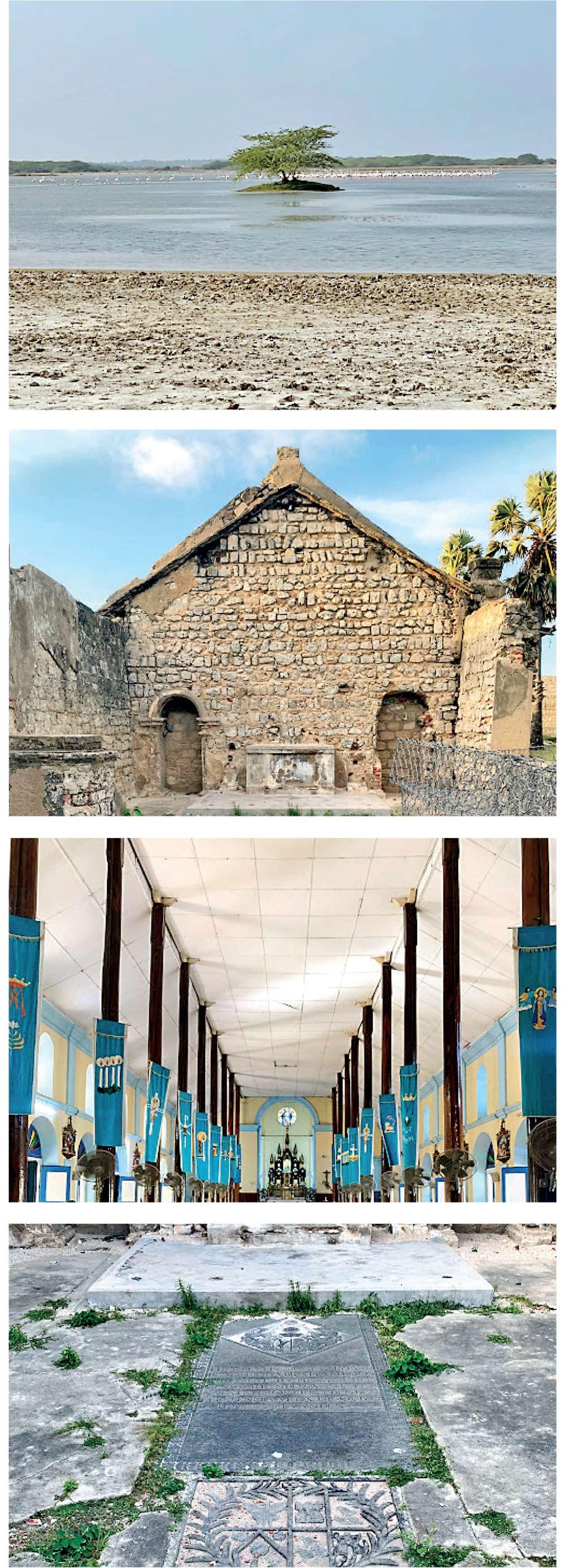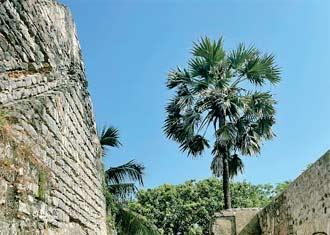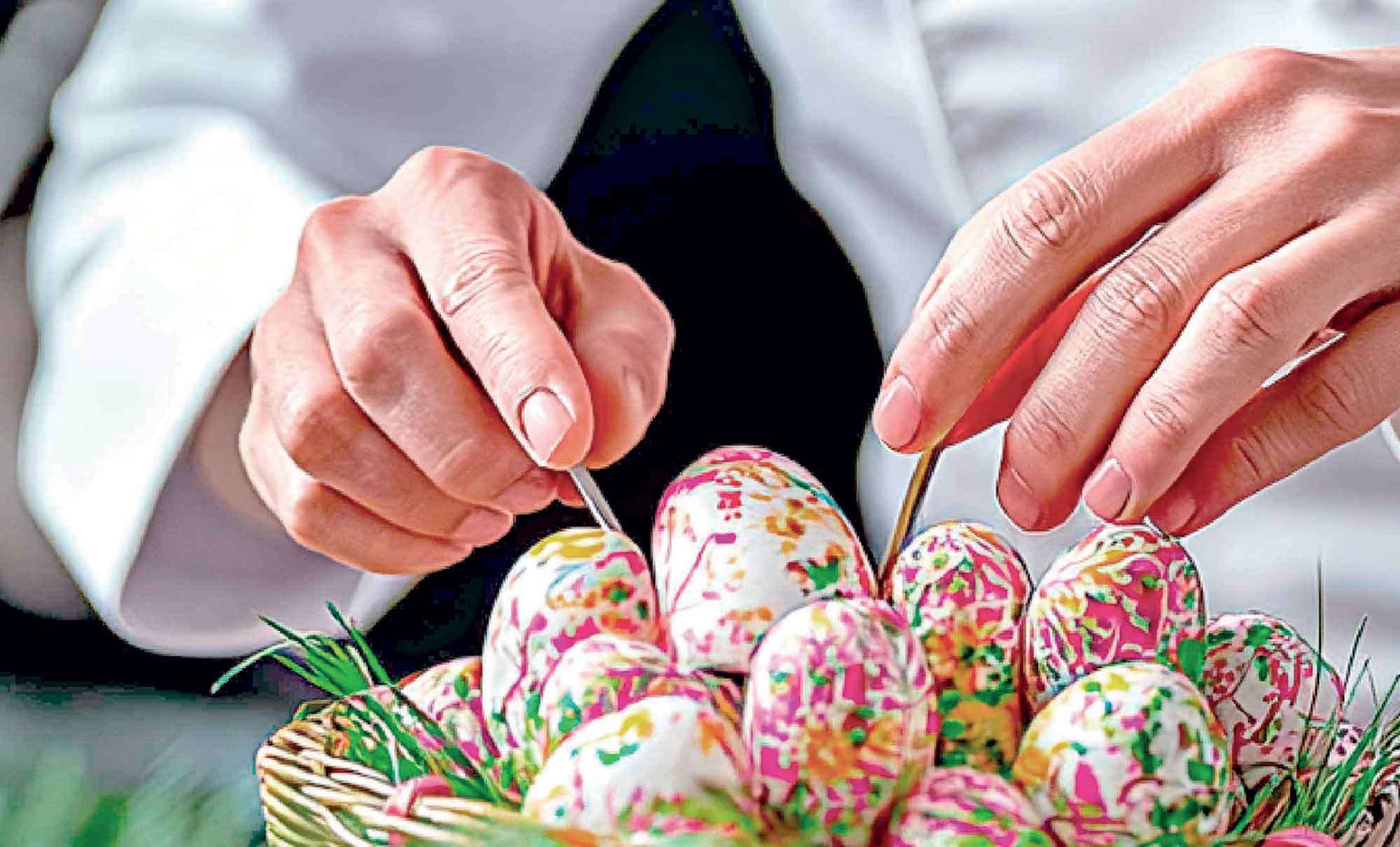

The first time I heard about Mannar was from my grandfather. He told me how this sleepy island town was once a bustling port, home to the fabled Mannar pearl divers. He spoke of these superhuman men, who would brave strong currents, stingrays and sharks and dive into the depths of the ocean, with nothing but a tortoise-shell nose clip and bag. From Pandyan kings of South India to Roman Emperors, their precious bounty was coveted by many.
As a young girl, I couldn’t wait to visit this amazing pearl city. To my dismay (and much to my boyfriend’s relief) by the time I made it to Mannar, the pearl fisheries were long gone and all that’s left today are fragments and stories of its past. While it is now often overlooked as a holiday destination, I think Mannar’s best treasures still lie below its surface. Here are some of my favourite experiences and things to do in this unassuming coastal town.
ADMIRE THE LANDSCAPE
|
|
Although I thought Mannar was a quiet little town, it is anything but that. Bursting with energy, it is complete chaos. Listen to the clamour of honks; weave through tight streets, dodge tuk-tuks, cyclists and the occasional donkey; smell the salty sea air; and catch a glimpse of its colonial past. However, the further away you move from the town, the more life slows down.
Windswept Palmyrah trees line the long desolate road, and you will pass salt pans, marshlands, and a few mangroves. The island is peppered with Palmayrah trees which are considered a symbol of this region and its resilience. The north and east coasts use Palymayrah the way the south coast uses coconut. From jaggery, treacle and even toddy, to handbags and fans woven with palm leaves, locals here heavily rely on this tree. A highlight of my trip was a lamprais I had wrapped in Palmyrah leaves and made using only local ingredients.
The island is also famous for its baobab trees, which were brought by Arab travellers from Africa over 700 years ago! While they are certainly not the same size as their African counterparts, our dwarfed baobab trees are still impressive. Many locals refer to it as “ali gaha” because the rough bark resembles elephant skin. The largest tree is in the centre of town and it’s easy to visit as you explore Mannar.
GO BIRD WATCHING
Mannar’s unique landscape makes it a haven for migratory birds, and the best time to visit is from October to April. While driving around the island you’ll spot White Bellied Sea Eagles, Brahamin Kites, Black Tailed Godwits, Gargneys, Pintail Ducks and more.
In full disclosure, I’m not much of a birder and was only here to see the pièce de résistance of Mannar’s birds - the Greater Flamingos.
To witness this flock in all its glory, you must wake up at sunrise (ugh) before it gets too hot for them, and they fly away towards Adam’s Bridge. Since we stayed at Palmyrah House, we joined a daily walking tour with their in-house naturalist Udaya at the Vankalai Bird Sanctuary. It’s about a 40-minute drive from the hotel and a short walk, or trudge, through the marsh. We were lucky because we saw the flamingos on both days, and on each instance, we watched them wander around the shallow water for nearly an hour!
Unlike going on safari, you’re completely immersed in nature and its very laid back. You can walk at your own pace and enjoy the peaceful silence without noisy jeeps and the hordes of people. On this trip I learnt how friendly the birding community is; they’re always willing to lend a pair of binoculars and answer any questions about migration patterns. They informed me that the flock of flamingos who visit Mannar has dwindled over the years, and the recent construction of the Mannar wind farm has exacerbated the situation. Hopefully, with the Adani group pulling out of the deal, the construction of the farm will be reconsidered, and we can protect these natural treasures.
VISIT SOME HISTORICAL SITES
Mannar is laden with myth and legend, and you can feel it from the moment you arrive. The island is heavily associated with the Ramayana. Adam’s Bridge (Rama Setu) is believed to be where Rama and Hanuman brought their army from India to save Sita. It is also home to the Tomb of Adam and Eve, an important Muslim pilgrimage site; the Thiruketheeshwaram Shiva Kovil, an ancient Hindu temple; and the Shrine of Our Lady of Madhu, Sri Lanka’s holiest Catholic shrine. The 400-year-old shrine has an annual Feast in August and people of different religions from all across Lanka make the pilgrimage.
Apart from the religious and cultural sites, there are numerous historical locations. On the mainland, you can visit the Arippu Fort (1658 originally built by the Portuguese) and the Doric Bungalow (1801), which was once the centre for pearl fisheries. While on the island you can visit the Talaimannar Lighthouse and the Mannar Fort.
Mannar Fort was originally built by the Portuguese in 1560, it was then handed over to the Dutch and finally the British, each fortifying it and rebuilding it every time. The fort is surrounded by a little moat and is made up of thick coral walls and four bastions on each corner. You can explore the inside of the fort and walk along the ramparts to view the oceans. While the structure is still very charming, its grandeur has certainly declined and does not come close to the better-known Galle Fort.
On our final day in Mannar, we watched the sunset from Talaimannar Lighthouse (1915) and the Talaimannar Pier. In 1964, an intense cyclone severely damaged the pier which has since gone to ruin, giving it a rather dystopian feel. However, that is starkly contrasted by the pristine white lighthouse and the lively families that gather on the beach for an evening swim and to watch the sunset.
With Mannar, there is so much more than what meets the eye. Rather than experiencing everything in one go, it’s a place that slowly unravels its wonders. I truly hope you consider visiting Mannar either before the birding season ends or otherwise. Either way, I’m sure you will cherish each moment.
SOME TIPS:
- You can take the train or the bus to Mannar, but the most comfortable way to travel is by car because the distances on Mannar Island are quite vast.
- Pack a pair of walking shoes, but be warned, they will get muddy!
- It gets hot during the day, so I wouldn’t recommend stepping out between 12 noon and 4pm. Pack some board games or a book.
- Your accommodation options may feel a little sparse. However, I wholeheartedly recommend the Palmyrah House as your base to explore beautiful Mannar.




 Listen to the clamour of honks; weave through tight streets, dodge tuk-tuks, cyclists and the occasional donkey; smell the salty sea air; and catch a glimpse of its colonial past.
Listen to the clamour of honks; weave through tight streets, dodge tuk-tuks, cyclists and the occasional donkey; smell the salty sea air; and catch a glimpse of its colonial past.









